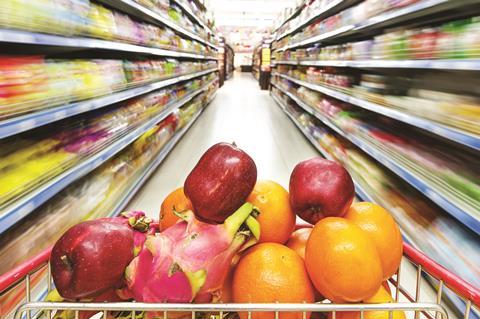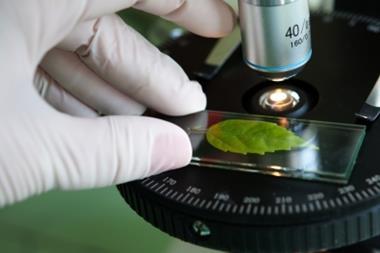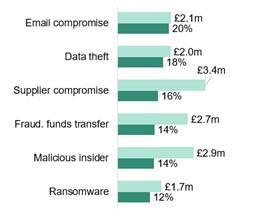Highlighting nanomaterials and allergens in food and drink products is a serious risk for the industry, according to ACE

A little more than a year after the horsemeat scandal, companies in the food and drink sector are facing another tough test as EU legislation is putting the industry’s use of nanomaterials under the spotlight.
EU regulation 1169/2011, which comes into effect on 13 December, requires all packaged foods to be labelled in more detail in respect of product ingredients, including providing information regarding allergens and the use of novel content such as nanotechnology.
The legislation aims to reduce the risk of contamination and to protect and inform consumers regarding the contents of food products.
All companies involved in the food and drink supply chain must therefore prepare themselves for greater transparency concerning their products, specifically in respect of the use of nanotechnology, warns Connie Germano, regional technical and underwriting casualty manager for Continental Europe at ACE.
Speaking to StrategicRISK, Germano said the greater transparency imposed by the new legislation could result in public criticism of nanotechnology, which has had little research behind its use in food and drink products and, as a result, increase the number of product liability claims.
“Nanotechnology has the potential for long-term concern. If you think about genetically modified organisms and how that was received in Europe when they first came out, there was a significant backlash by consumers, who simply rejected it,” Germano said.
“When the public was first made aware of nanotechnology, there was not a lot of forethought in terms of regulation and that caused some uproar but it hasn’t changed to a massive degree. Now, consumers at least will know if nanotechnology materials are in their food.
“It may drive increased product liability exposure for a wide range of businesses involved in the food production and distribution chain.”
At present, the European Food Safety Authority (EFSA) is taking a case-by-case approach to the risks posed by nanotechnology materials in food by making comparisons with equivalent non-nanotechnology products. The EFSA has provided guidance on the use of nanomaterials in food, food contact materials, animal feed and pesticides but, to this date, relatively little data is available.
In addition to highlighting nanomaterials in products, the new regulation introduces a requirement for allergen information to be provided for foods sold non-packed or pre-packed for direct sale. This means deli counters and restaurants must provide comprehensive allergen information for customers, which Germano believes could exacerbate an already problematic issue for the industry.
She said: “Allergens continue to be a problem for producers as well as consumers of food products. To include additional allergen information for non- and pre-packed food is quite a demand for restaurants, catering facilities and food markets, which often do some of their own packing.
“Allergens are already creating a stir and are one of the biggest reasons why food is recalled today in manufacturing situations. It’ll be fantastic that allergens are noted on the label but it is now the specific responsibility of much smaller businesses to ensure products are labelled correctly.”
Germano underlined the need for firms to review their supply chain to ensure all packaged foods are labelled correctly, which she says creates a heavy burden on smaller businesses.
She said: “It’s a huge burden on these smaller firms to know everything that goes into their food and to make sure everything is labelled properly.
“The awareness of consumers is the highest it has ever been. They want to be told what’s in their food, where it’s from and they are conscious of what’s going into their bodies. This will be an interesting test to see if they can stand nanomaterials in their food.”




















No comments yet